Why Does My Dog Exhibit Food Guarding Behavior? How to Handle It?
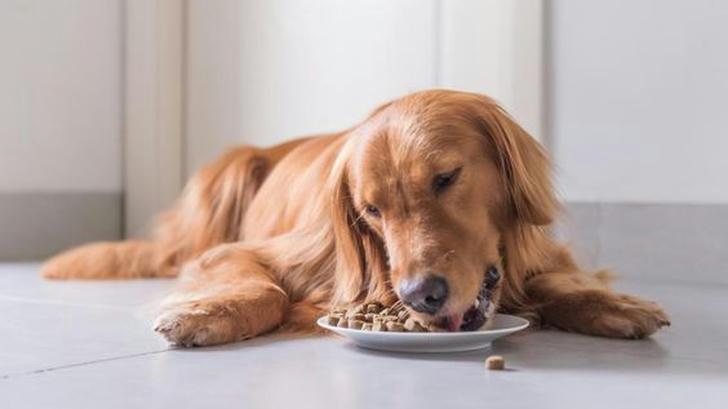
Food guarding, also known as resource guarding, is a common behavioral issue among dogs. It occurs when a dog exhibits protective behaviors towards its food, preventing others (humans or other animals) from approaching or taking their food. This behavior can lead to aggressive displays, making it a significant concern for dog owners. Understanding the reasons behind food guarding and learning effective strategies to manage it are crucial steps in ensuring a safe and harmonious environment for both the dog and the family.
Understanding the Reasons for Food Guarding
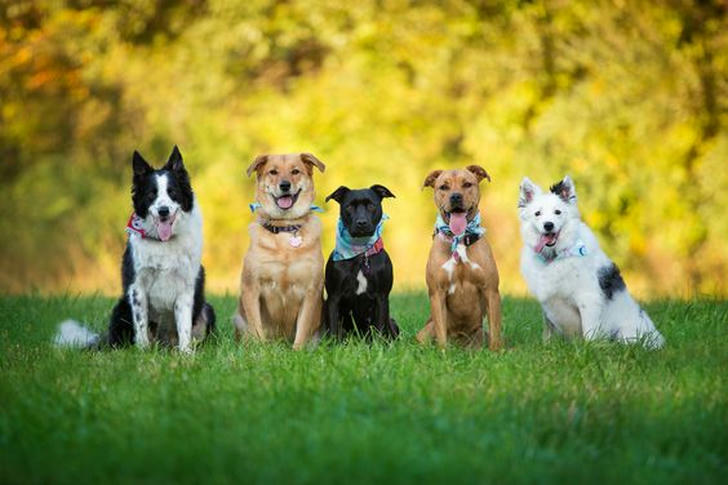
Instinctual Behavior:
Dogs are descendants of wolves, and their natural instincts still influence their behavior. In the wild, food is a limited resource, and animals must protect their food to survive. This instinct is still present in domestic dogs, causing them to guard their food, especially if they perceive it as a valuable resource.
Past Experiences:
A dog’s past experiences can significantly impact its behavior. Dogs that have experienced food scarcity, competition for food with other animals, or punishment when eating may develop food guarding behaviors. For instance, if a dog was previously in a shelter where food was limited or was bullied by other dogs during mealtime, it may start to guard its food to avoid being deprived again.
Fear and Anxiety:
Fearful or anxious dogs are more likely to exhibit food guarding behaviors. If a dog feels threatened by the presence of other animals or people while eating, it may react defensively. This reaction can stem from a lack of socialization or previous negative experiences associated with eating.
Resource Value:
The perceived value of food plays a crucial role in guarding behavior. If a dog believes its food is highly valuable, it is more likely to guard it. This value can be increased if the food is something special, such as a treat or a high-quality meal.
Lack of Training:
Some dogs have not been taught proper eating etiquette or have never been exposed to situations where they need to share food. Without training, they may develop possessive behaviors over their food.
Strategies for Managing Food Guarding
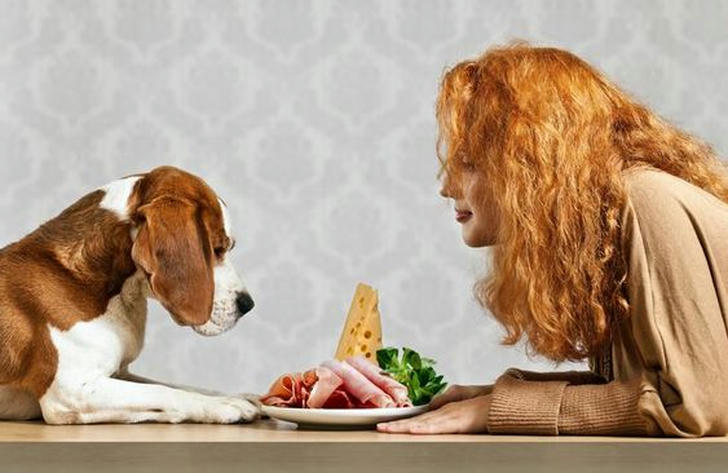
Desensitization and Counter-Conditioning:
Gradual desensitization involves exposing the dog to the presence of a person or another animal near its food without allowing the dog to feel threatened. Start by standing at a distance while the dog eats and gradually decrease the distance over time. Pair this exposure with positive reinforcement, such as treats or praise, to create a positive association with the presence of others during mealtime.
Teaching “Leave It” and “Drop It” Commands:
Training your dog to respond to commands like “leave it” and “drop it” can be beneficial. These commands can help the dog learn to relinquish its food or wait for permission before approaching it. Start with less valuable items and gradually progress to food. Always reward the dog for compliance to reinforce positive behavior.
Feeding in a Controlled Environment:
Establish a safe and controlled feeding environment for your dog. Use a designated feeding area where the dog feels secure. This space should be away from distractions, including other pets and people. Consider using barriers to create a calm atmosphere during mealtime.
Avoid Punishment:
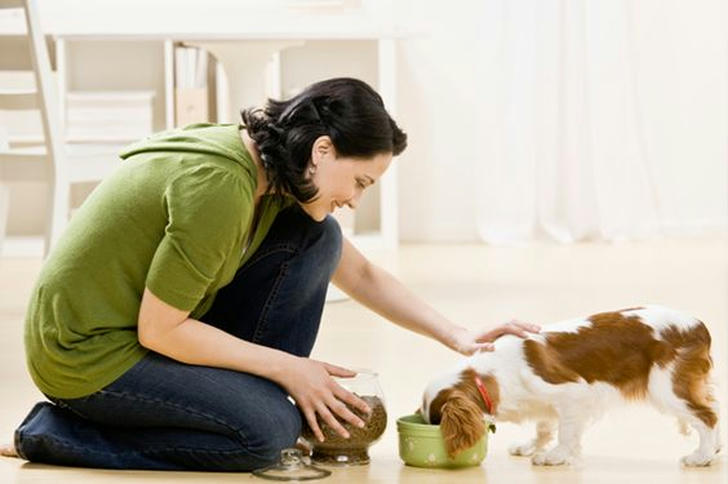
Punishing a dog for guarding behavior can exacerbate the issue. Instead, focus on positive reinforcement and management strategies. If a dog is punished, it may associate food with fear, leading to increased guarding behavior.
Resource Management:
If your dog exhibits food guarding with specific items, manage those resources. For example, feed your dog in a separate room or use a crate during mealtime. This separation can help reduce anxiety and prevent potential conflicts with other pets.
Regular Training Sessions:
Incorporating regular training sessions into your dog's routine can help reinforce positive behaviors. Use training to teach your dog self-control and patience. Reward calm behavior during feeding times, and practice commands that promote sharing and cooperation.
Seek Professional Help:
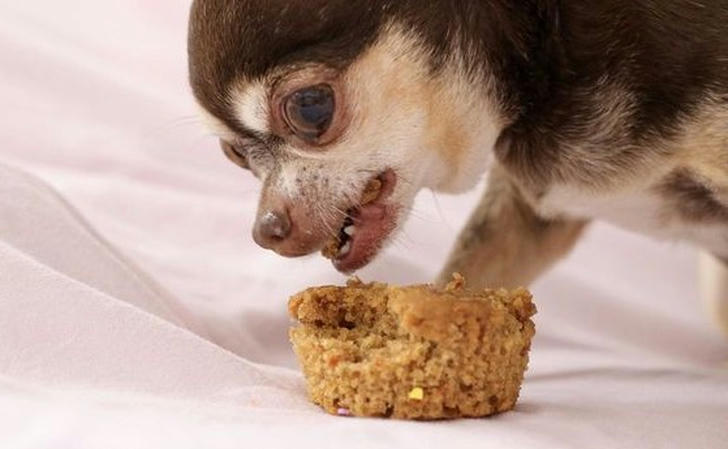
If food guarding behavior is severe or leads to aggressive incidents, consider consulting a professional dog trainer or a veterinary behaviorist. These professionals can provide tailored training plans and behavioral modification strategies to address the issue effectively.
Provide a Safe Space:
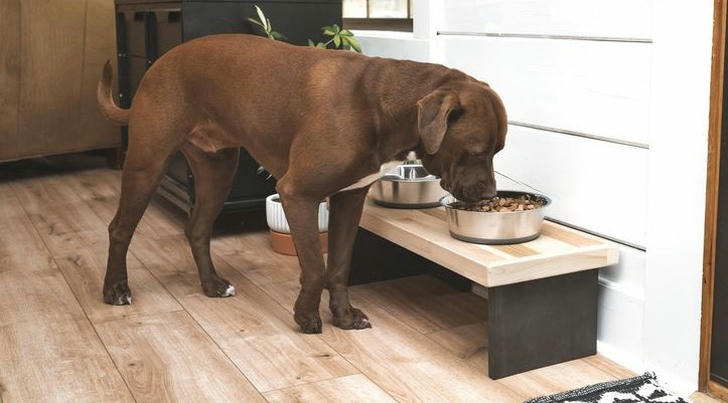
Creating a safe and comfortable space for your dog can alleviate anxiety related to food. Ensure that your dog has a designated area where it can retreat and feel secure, especially during feeding times. This space should be free from distractions and disturbances.
Feed Multiple Meals:
If your dog tends to guard food, consider feeding smaller, more frequent meals instead of one large meal. This approach can reduce anxiety around mealtime and decrease the urge to guard food, as the dog will learn that food is consistently available.
Increase Physical and Mental Stimulation:
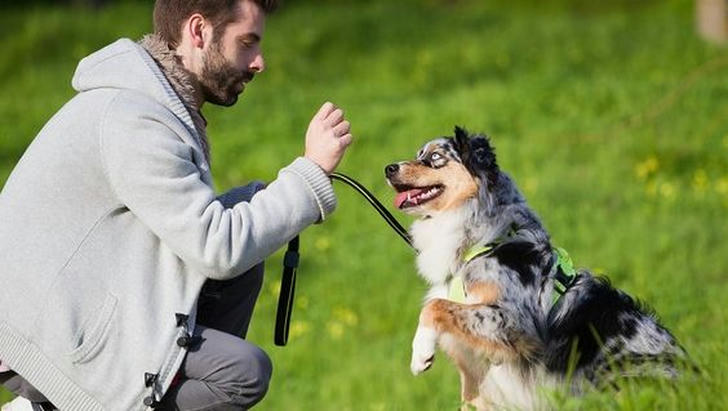
Providing regular physical exercise and mental stimulation can reduce anxiety and aggression in dogs. Engaging your dog in daily walks, play sessions, and interactive toys can help channel their energy positively, reducing the likelihood of guarding behavior.
Conclusion
Food guarding is a common issue among dogs, rooted in instinctual behaviors and past experiences. Understanding the underlying causes is essential for developing effective management strategies. By employing desensitization techniques, training commands, and creating a safe feeding environment, dog owners can help mitigate food guarding behaviors. In severe cases, seeking professional help can provide tailored solutions to ensure a safe and harmonious household. With patience and consistent training, it is possible to resolve food guarding issues and promote a positive relationship between dogs and their families.
